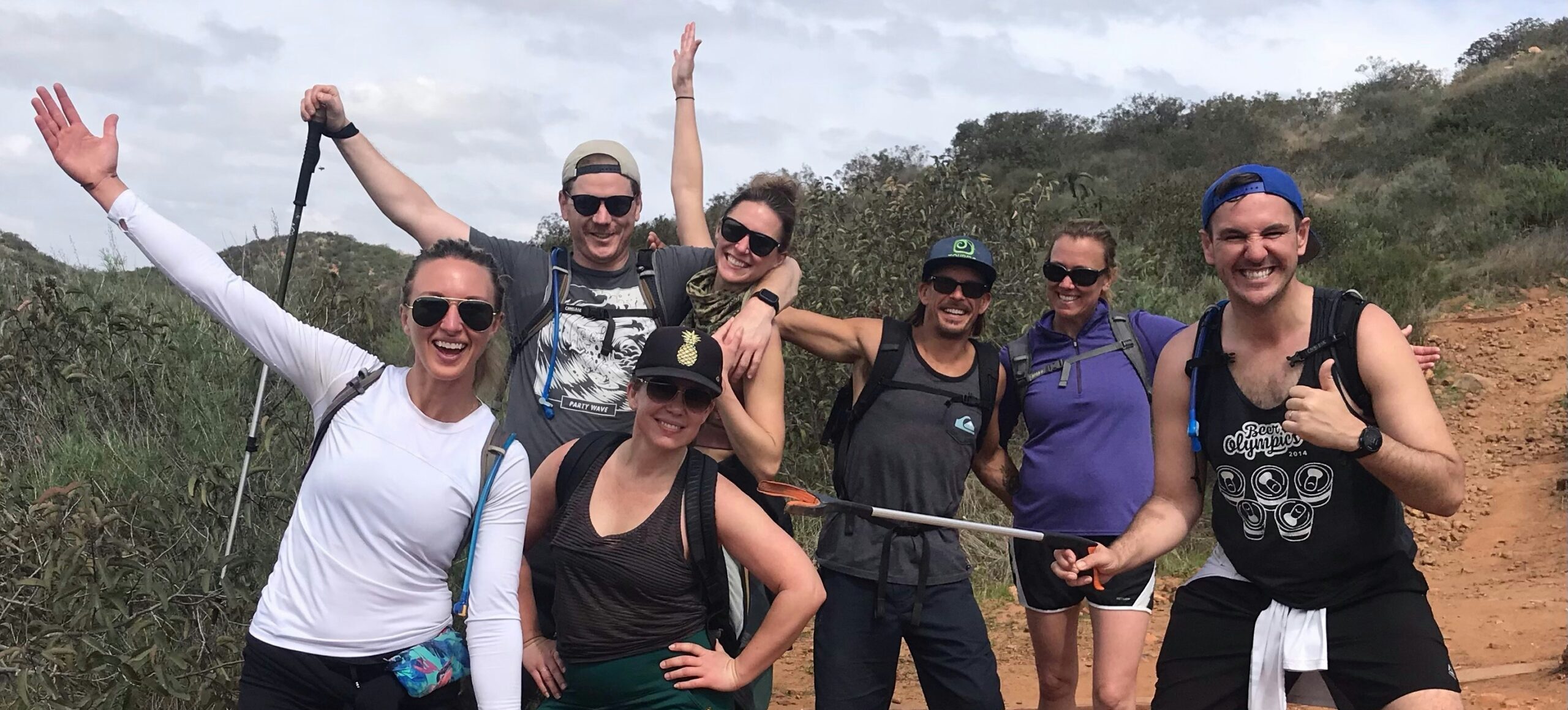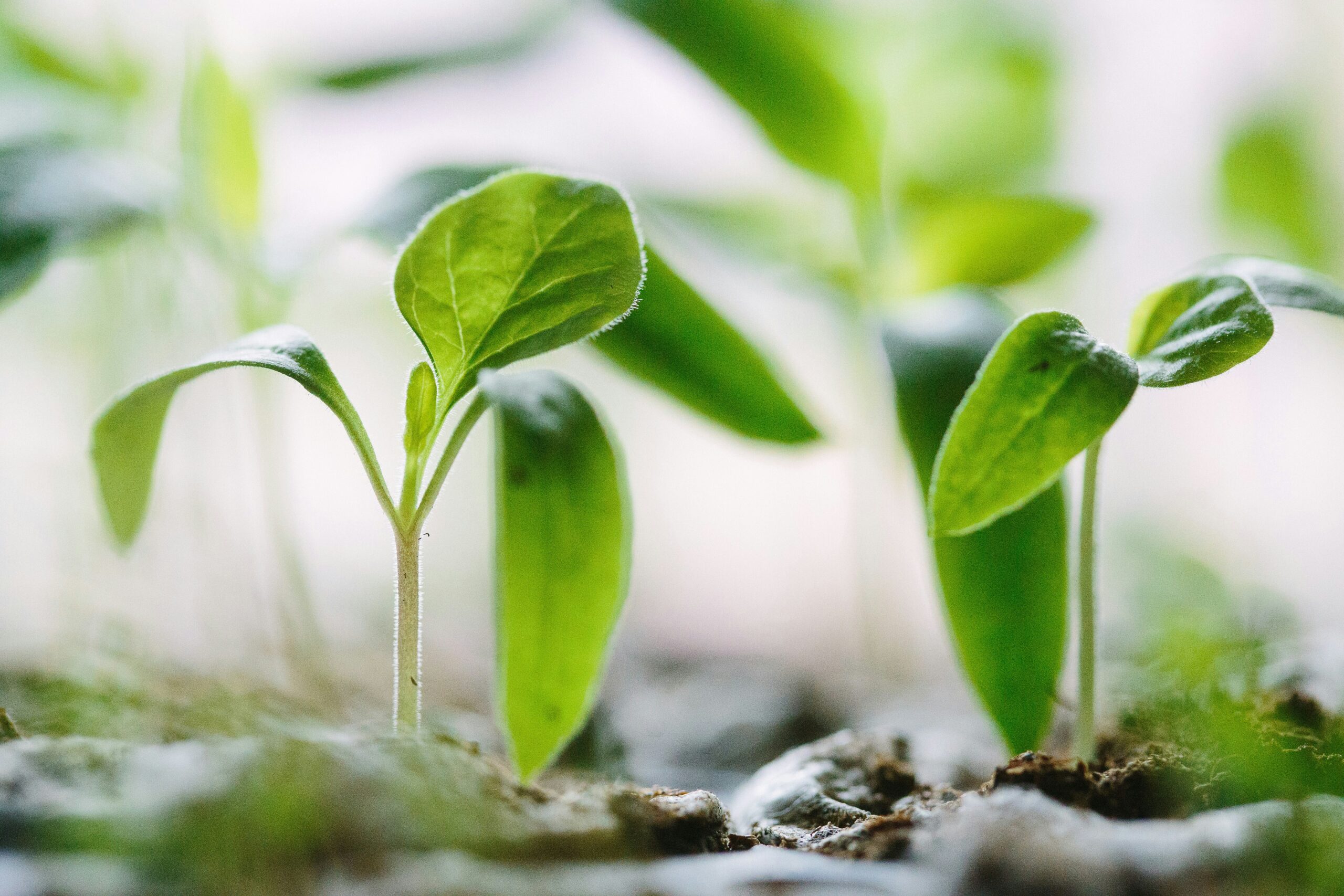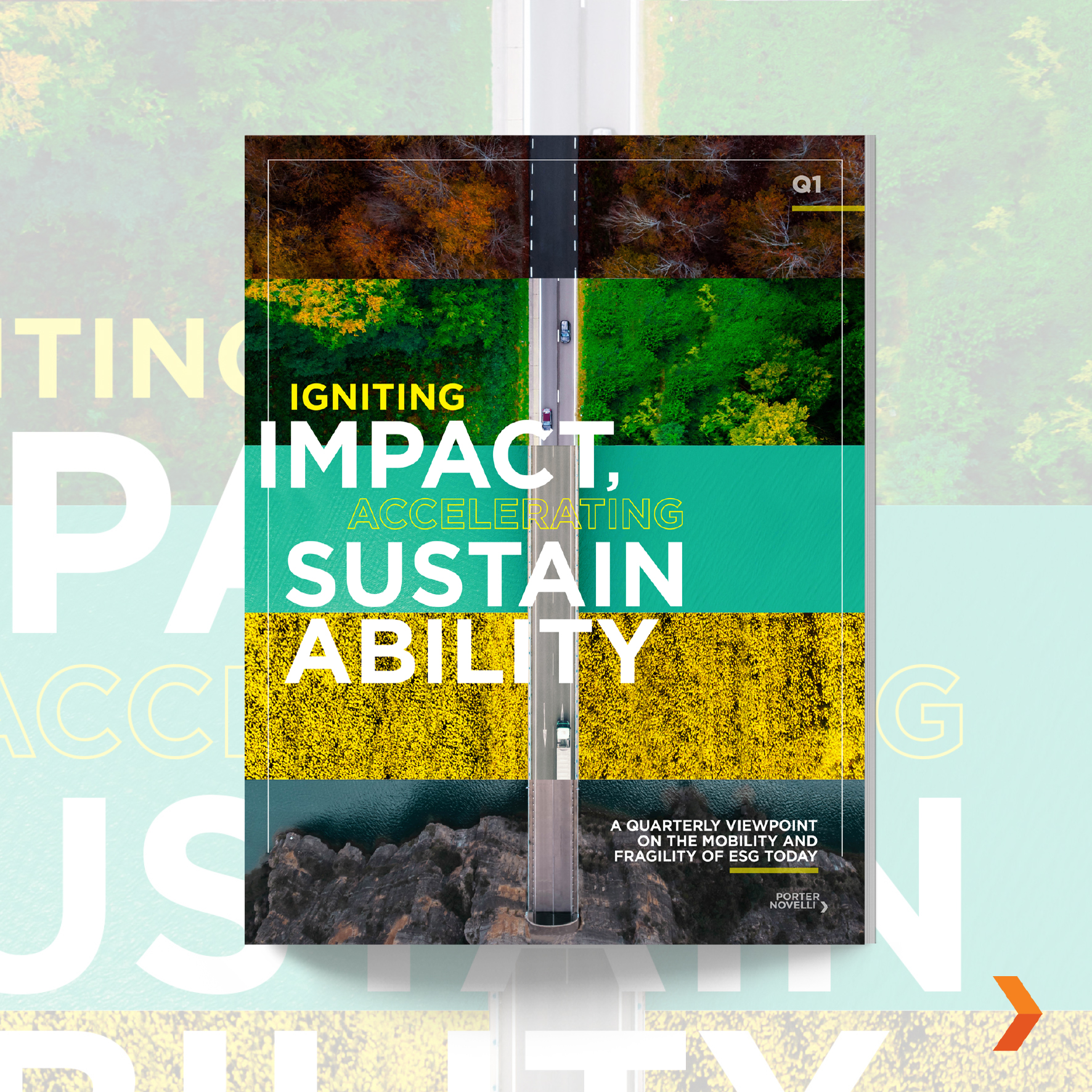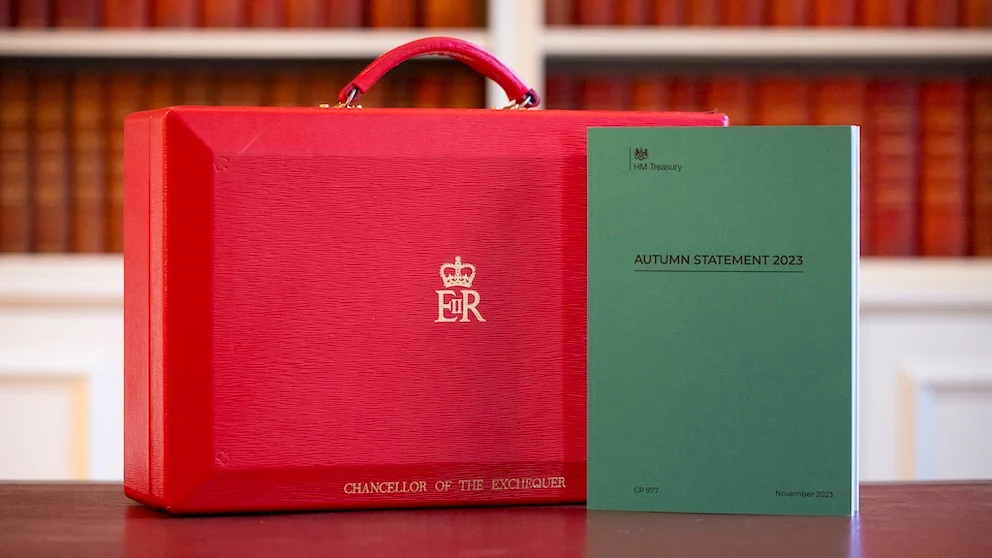Before we begin this blog post, we would like to recognize that we are working to understand our part in colonization and the reconciliation process. In addition to reading this post, we encourage readers to do what we did and start with introspection and the seek out additional resources from national and local Indigenous Nations, groups or organizations to enhance your understanding and knowledge.
Reconciliation is a continuous practice, and it will take time and ongoing efforts to mend the relationships Canadians hold with Indigenous Peoples across Turtle Island. One way many people and organizations have started to acknowledge and recognize Indigenous heritage and our colonial history is through the practice of Land Acknowledgements.
The Land Acknowledgement is a formal statement recognizing the unique and enduring relationship that exists between Indigenous Peoples and their traditional territories.[1] A land acknowledgement can take place before any event; however, they are often made at meetings, political announcements, sporting events and on organization’s websites, for example.
Land Acknowledgments are used as a way to honour Indigenous Peoples who have lived on the land prior to North America’s colonial history and express gratitude to those who continue to reside on the land. It is also a moment for those on the land currently to look inwards and understand the role they can have in reconciliation.
It can be an important step in the reconciliation process between Indigenous Peoples and settlers, however, it’s important for settlers who share, hear and read Land Acknowledgements to understand why they are important.
For reference, this is the land acknowledgement that is currently posted in the Porter Novelli Toronto office.
“We acknowledge the land we are meeting on is the traditional territory of many nations including the Mississaugas of the Credit, the Anishnabeg, the Chippewa, the Haudenosaunee and the Wendat peoples and is now home to many diverse First Nations, Inuit and Metis peoples. We also acknowledge that Toronto is covered by Treaty 13 with the Mississaugas of the Credit.”
It was important for us to understand why the land acknowledgement was written the way it was. We learned that land acknowledgements typically include three parts – past, present and future – with each tense providing an opportunity to reflect on the Indigenous land that we are guests on.
This was helpful, but we were still left with the feeling that Land Acknowledgements as many of us currently write and share them aren’t accomplishing what it intended – to be a positive act of reconciliation.
Our team connected with Janis Brooks of Salishan Solutions, a consultancy that focuses on DEI, Decolonization and Indigenization trainings, to get her thoughts.
We learned a lot from our conversation.
Brooks shared that Land Acknowledgements can be performative if the acknowledgement doesn’t include any action and offer a meaningful moment for reflection.
Unfortunately, many Land Acknowledgements often don’t include these critical steps. Brooks highlighted that the common practice of reading a boiler plate statement that identifies the territory you are in is a missed opportunity for true reconciliation. Saying “I acknowledge we are located on X territory” is simply acknowledging land without taking action. It can be interpreted as, “We acknowledge this is your territory, but we are still going to keep the land that is yours, and not do anything else about it,” says Brooks.
To address the important aspects of action and reflection, Brooks introduced us to the concept of Critical Self-Location. Not yet as common, it’s a practice that can be more meaningful, impactful and aligned with Indigenous culture.
Critical Self-Location is a practice that encourages settlers to reflect on their position and relationship to Indigenous lands – to consider what connects you to the place and its people, and the position of power and privilege you hold in relation to it. It also allows us to grow a greater respect for the responsibility, relationship, and inseparable connection Indigenous peoples hold with their land.
Incorporating Critical Self-Location as part of a Land Acknowledgement allows for a dedicated moment of reflection and can bring a level of authenticity. Going through this process and understanding your own positioning within a territory can also start to create space for important dialogue around reconciliation, which then allows us to move to action.
Questions to ask as part of Critical Self-Location can include:
• What does it mean for you to be here on this land? How do you connect to it?
• What privilege do you have as a settler on this land? How does this privilege benefit you in this situation? Do you have accountability in this area?
• What are ways that you have benefitted from colonialism? How do you personally experience power and privilege as a result?
• What role can I play in reconciliation? Does my power, privilege, or position give me an opportunity to influence change?
• What do you do to give back to this territory?
Allowing participants to take a moment to sit with their thoughts and answer these questions in their head is a reflective and responsive action to connect with the land.
With all that we learned from Brooks, Porter Novelli Toronto has updated our approach and will be including a moment for Critical Self-Location alongside our revised, direct Land Acknowledgement moving forward. We encourage readers to consider their current approach to Land Acknowledgements as well.
By: Morgan Lewis with Valerie Mendonca, Canada JEDI team
[1] Indigenous U of T, Land Acknowledgement. University of Toronto, 2023. https://indigenous.utoronto.ca/about/land-acknowledgement/

















